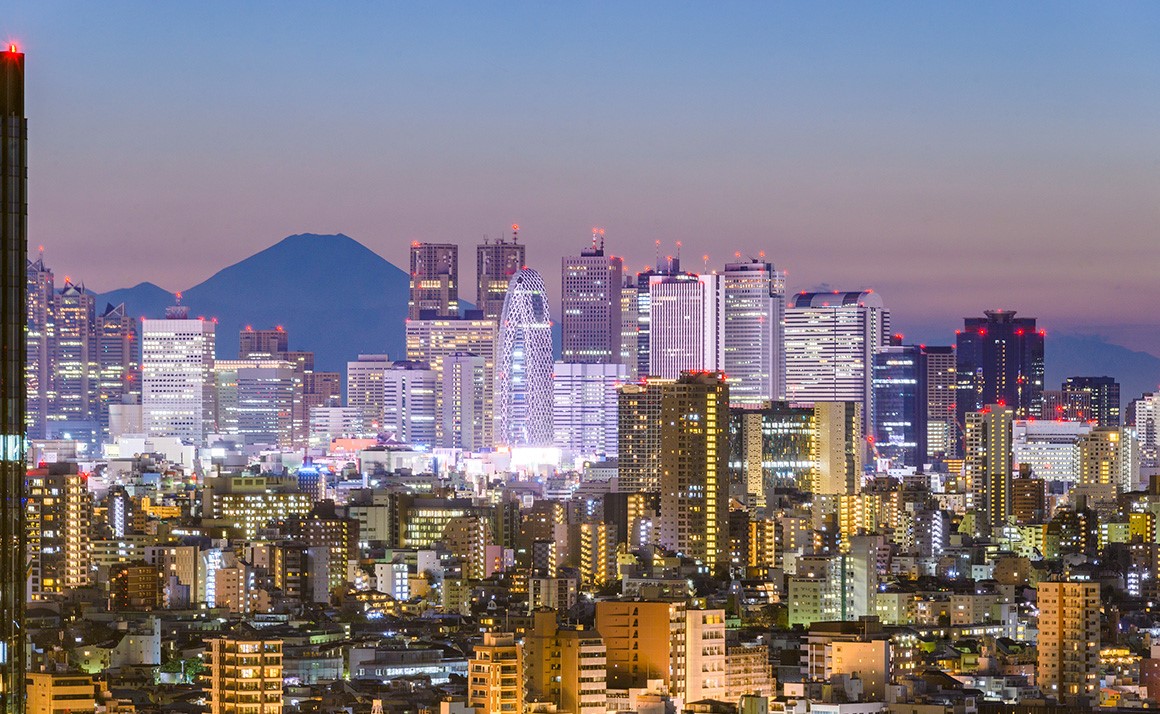
Asia’s interest rate diversity offers real estate investment opportunities
Explore how diverse interest rate scenarios across Asia Pacific's heterogeneous economies influence real estate investment opportunities, contrasting with the steady high rates in the US.
US interest rates have confounded predictions and the hopes of commercial real estate investors by staying higher for longer; however the picture in Asia Pacific is far more dynamic and diverse.
The Asia Pacific region’s heterogeneous economies mean a number of different interest rate scenarios prevail, reflecting local economic drivers and affecting the outlook for real estate investors.
Simon Smith, Head of Asia Pacific Research & Consultancy at Savills, says: “US interest rate decisions carry huge weight, but the Asia Pacific region offers markets which are heading in different directions, as well as those more closely tied to movements in the Federal Reserve rate.”
The current market prediction is for the US Federal Reserve Bank to begin cutting rates in September. Oxford Economics’ baseline scenario is that US rates will be cut by 150 basis points between later this year and the end of 2025.
That will be good news for Asia Pacific developed markets such as Korea, Australia and Singapore. Economists are predicting that interest rates in Australia and Korea will fall by a little over 100 bps by the end of 2025, to 3.1% (data from Westpac) and 2.25% (Trading Economics) respectively.
These markets have already started to move in advance of rate cuts. Despite a sluggish start to 2024, Australia and Korea have seen an uptick in certain sectors, such as Australian retail, while preliminary data show an uptick in investments in Singapore.
After taking interest rates out of negative territory, Japan continues to be an oasis of stability in global markets. Debt is still widely available for real estate purchases and domestic investors and global high net worth individuals and family offices have been active. Foreign investors have been quiet in recent months, mainly due to portfolio difficulties elsewhere, rather than disaffection with Japan, but new investors continue to set up shop and allocate capital to the nation.
Meanwhile in India, interest rates have risen in line with those in the US, but from a higher level. India never saw near-zero rates, so recent hikes have been easily absorbed, especially as the economy is growing strongly. The International Monetary Fund upgraded its 2024 India GDP growth projection to 6.8% on the basis of a strong first quarter.
“In India and other growth markets, interest rates are less of a factor than in developed markets,” says Smith. “Developing Asia Pacific markets such as India and Vietnam offer strong secular growth prospects, boosted by infrastructure investment and economic reforms.”
A recent JP Morgan report said: “China has been in a different economic cycle to the rest of the world.” A slowing economy and stalling housing sector have meant easing rather than tightening and this is likely to remain the case, although China has not engaged in a broad economic stimulus. Some targeted support for the real estate sector is expected in the latter part of the year, but investors remain cautious.
Smith says: “Decisions made by the Fed will matter to Asia Pacific, but there are plenty of commercial real estate investment opportunities in this region, regardless of what happens in the US.”
Further reading:
Savills Asian Cities Report H1 2024
Contact us:
Simon Smith



